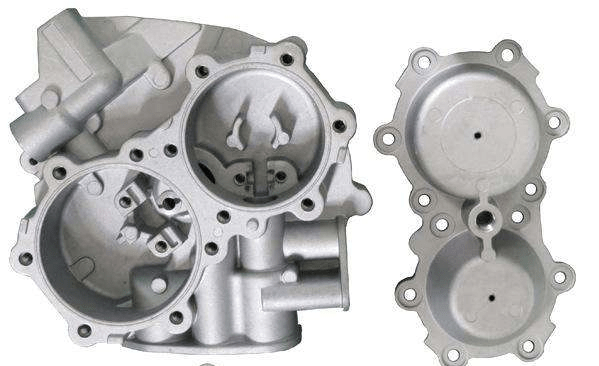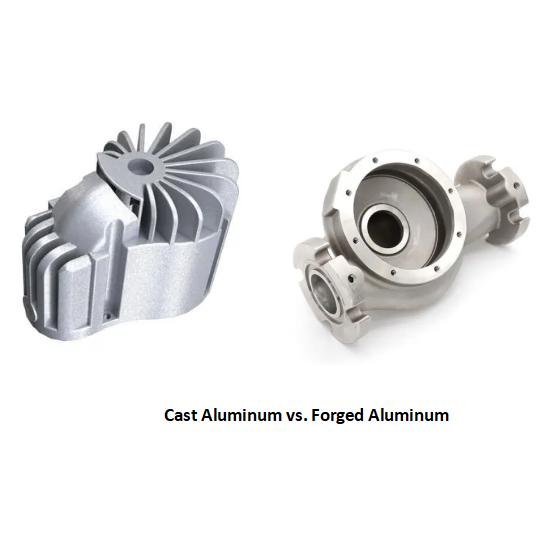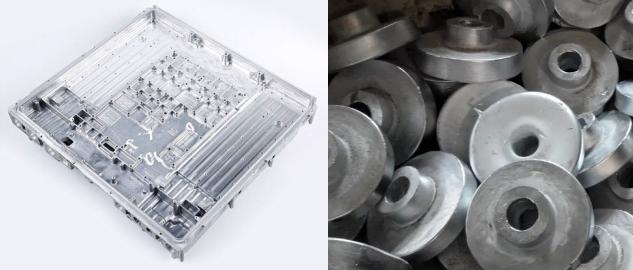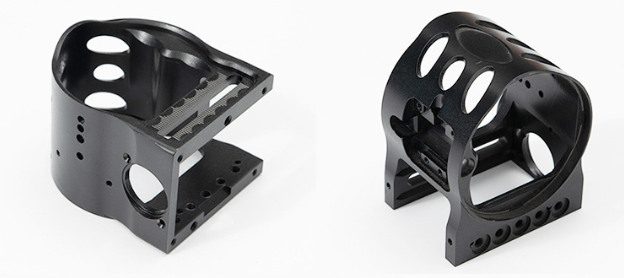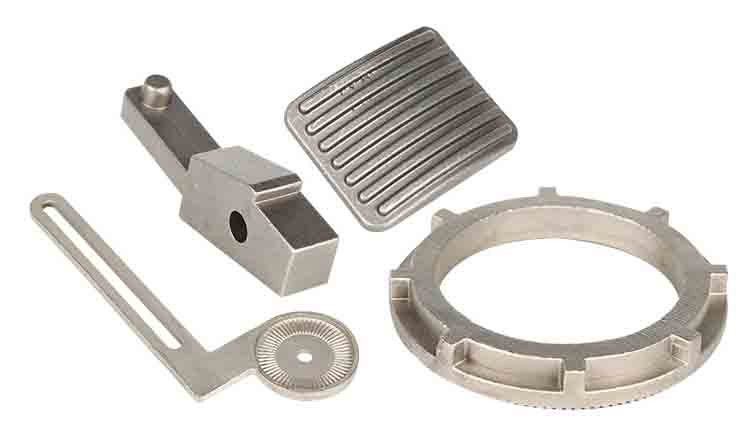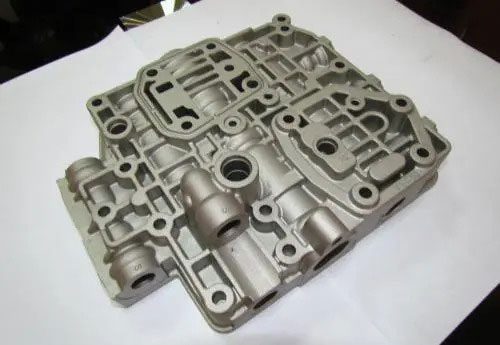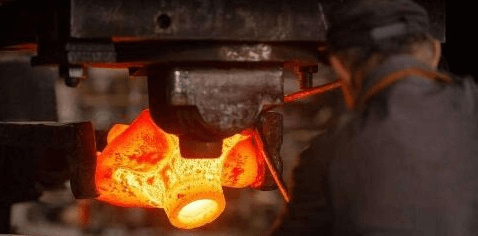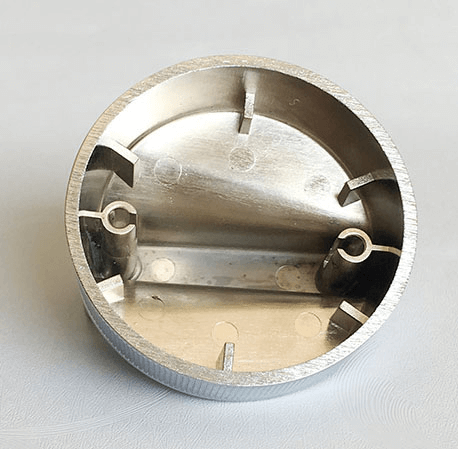Over its history, metal casting has been used to make everything from swords to wind turbines, and today it is one of the most valuable and versatile methods for making high-quality metal parts.
What is Metal Casting?
Metal casting is a manufacturing / delicate process that involves pouring molten liquid metal into a mold.
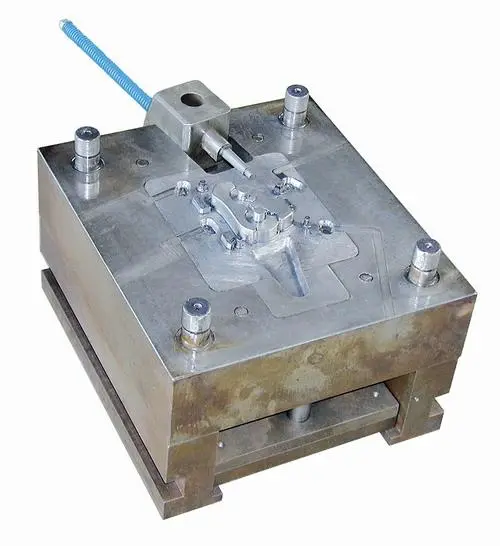
The inside structure of the mold is combined with a negative impression of the part being made, so when the molten metal cooling and solidifying within the mold, it forms the shape of the final part. The finished part will then be removed from the mold.
There are different varieties of metal casting, each with its own particular advantages depending on its using fields. Patterns, molds, and filling techniques can vary greatly between these differences.
Although it is a versatile process of casting metal, casting parts are subject to certain design constraints, and engineers must take account of the shrinkage of metal during the cooling stage.
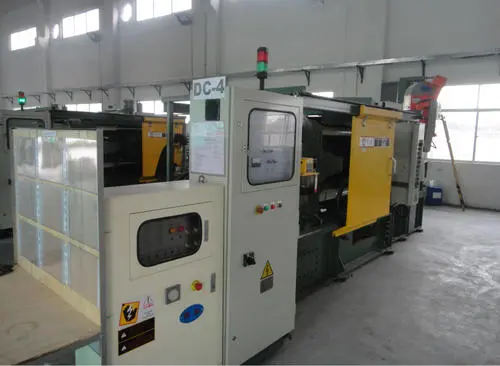
The Process of Metal Casting
The central metal casting process involves heating up and pouring the metal into a mold, after it cools down and is solidified, then removes the finished part from the mold. In common cases, there are more stages to the process, and different metal casting processes work in different approaches.
Steps vary for different casting variants, while some are omitted altogether.
- Making the pattern: A pattern is a necessary step for most metal casting, and a duplicate of the final part is the key to make the mold. Patterns can be either permanent or flexible because the material of it usually be wax, wood, and plastic.
- Making the core: A core is necessary to the casting of hollow parts, a solid piece of material placed inside the mold cavity which shapes the interior geometry of a cast part. (For example, a cylindrical core within a larger cylindrical mold will produce a tube-shaped cast part.)
- Making the mold: Molds are made in different ways depending on the aim application. For instance, permanent metal molds can be made by using a CNC machine, while sand molds are made by applying a sand mixture to the exterior of a pattern. Fabricating molds is known as mold making and is a specialist discipline.
- Filling the mold: Heat up the metal until it melts, then poured or forced it into the mold. In gravity casting, for example, pour the molten material downwards into the cavity, it is forced into the cavity at high pressure, with high clamping forces it is required to keep the die secure, in high pressure die casting.
- Removing the part: After the casting part is cooled and solidified, remove it from the mold. For processes like sand casting, the mold must be destroyed to get to the part inside; for permanent molds, the two halves of the metal mold will be pulled apart and get ready to use again.
- Post-processing: Cast metal parts may require to be cleaned— to remove remnants of the mold, for example — or other post-processing steps before they get ready for use.
Strength of Metal Casting
There are many good reasons to choose metal casting over other metalworking options like forging or CNC machining. Some of the key benefits of metal casting include:
Can produce huge and heavy parts
Can produce very thick-walled parts
Suitable for large one-piece parts (rather than assembled components)
Excellent bearing qualities
Ideal for some light alloys
Material versatility
Limitations of metal casting include unavoidable defects, limited dimensional accuracy, labor-intensiveness, and typically high minimum order quantities.
The Main Types of Metal Castings
Die casting
This process dies casting mold is one of the most important types of casting used to manufacture complex plastic mold molds, two of which use reusable tool steel mold tools. Cavity, which enables engineers to manufacture parts with fine details.
The cost of creating custom molds is high, which makes the process more common in mass production. However, once manufactured, these molds can be used multiple times. Die castings often have an excellent surface finish.
Both aluminum dies casting and magnesium die casting are widely used for high-quality parts.
Gravity casting
Like die casting, gravity casting is a method of casting metal using reusable metal molds. However, gravity casting relies on gravity to move liquid metal through the mold from top to bottom, rather than pressure. The mold must be preheated before the first casting and is usually made of cast iron because of its low thermal fatigue.
Investment casting
Investment casting also named lost wax casting is a way of casting metal using an affordable pattern and mold: both items are destroyed during the casting process (although the melted wax can often be reused).
Like gravity casting, investment casting gets a history of thousands of years. During the lost wax casting process, a pattern is made from wax or an equivalent material — sometimes by hand, sometimes using a resin 3D printer — before a refractory material is poured into the pattern to make the mold.
The investment is to apply a ceramic layer around the model, which is then used as a mold for molten metal. This ceramic layer is removed in a process called peeling.
Sand casting
Sand casting is a simple, centuries-old metal casting method that is more affordable than alternative technologies. It uses sand (mixed with binding materials such as clay) as the mold material, and the mold can withstand high temperatures.
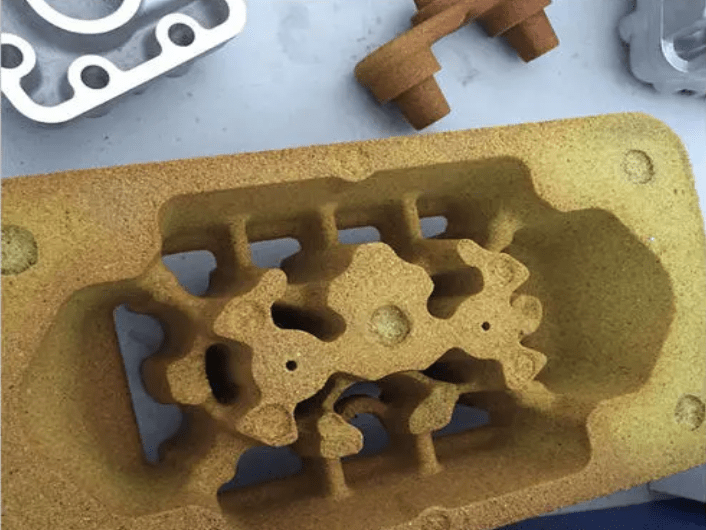
In the sand casting process, the model is immersed in the sand in a special box called a flask. By compacting sand around the model, a mold can be made, and molten metal can be poured into it.
The sand used in the metal casting process can be either green sand (wet clay) or air set sand (dry sand with an adhesive).
Other casting processes
There are dozens more metal casting processes used in manufacturing, including loam molding and shell molding — both expendable mold processes — and permanent mold processes like centrifugal casting and continuous casting.


